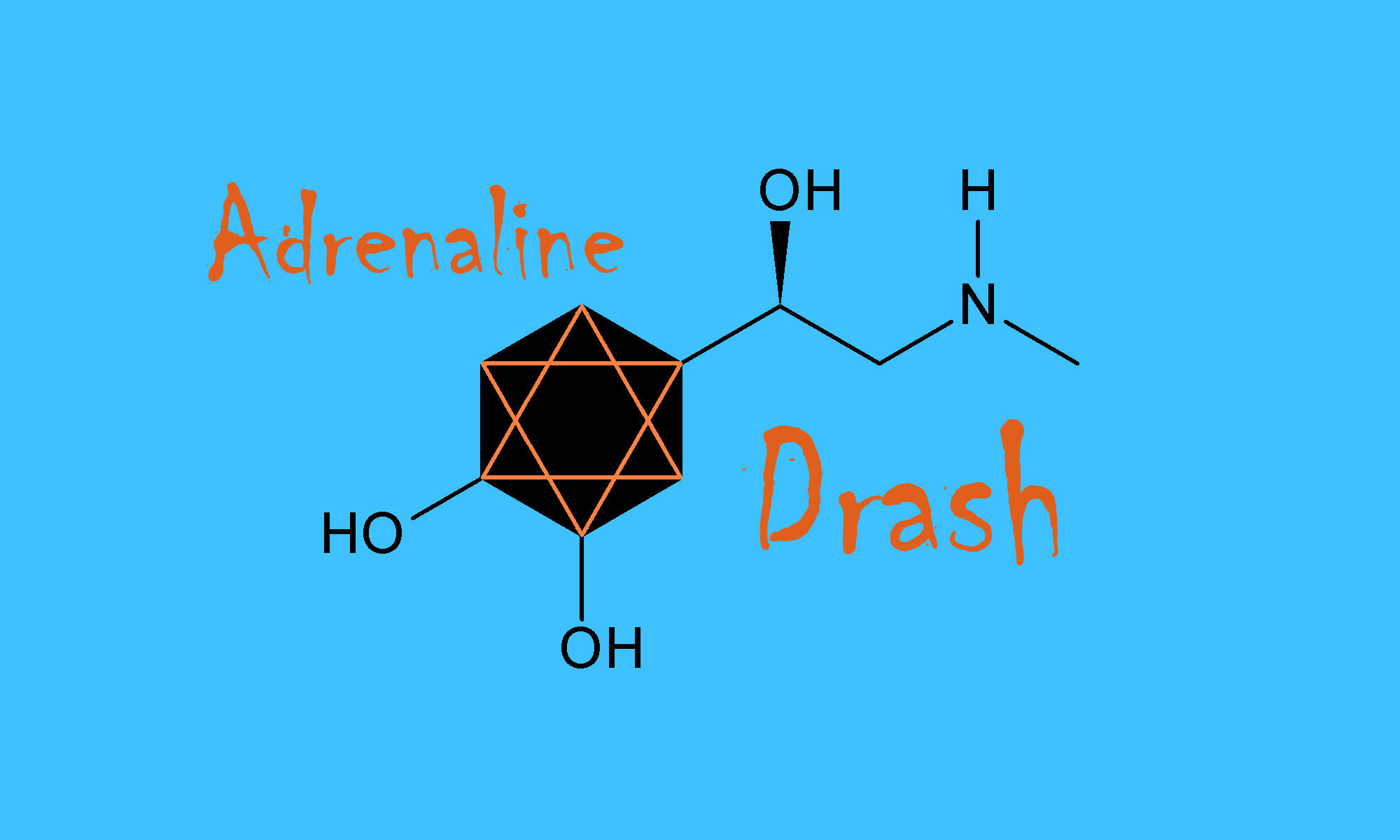I asked Clay Adamah Mil, Jewish artist, how they felt their own artwork fit into the lineage and history of Jewish art.*
I received a work of art, one that referenced multiple Jewish artists of the last two millennia. The piece presents the viewer with a midrash on, at the very least, a minyan of creative, brilliant, Jewish minds. It also offers us a Jew of our own time in all their particularity.

Clay’s figure floats in the center of the work, sleeping in a sky filled with triangular stars of many colors. Marc Chagall’s “Over Vitebsk” (1913) comes immediately to mind. In Chagall’s painting an elderly beggar hovers in the sky, a heavy sack slung over his shoulder, a cane in his hand. When that painting was completed, Vitebsk was home to a Jewish community that constituted over half the city’s inhabitants.
It is hard to feel the gut punch of loss when looking at Chagall’s work; that world was destroyed in the Shoah.
Here, Clay’s sleeping figure is peaceful, safe. They dream while surrounded by allusions and reference to the Jewish art of centuries – art made new and original (all over again). It is a kind of tikkun, this commentary.
Moritz Daniel Oppenheim’s (1897) work, “Pashal Eve” has contributed the delicate chandelier that Clay Adamah Mil holds over the earth below. In Oppenheim’s painting, the original hangs over a seder table and those gathered around it. It is muted and hard to make out, even though the human faces at the table are so brightly lit.
In Clay’s work, the chandelier lights the dark sky, casting light on the beach that undulates gently to the sea. For Oppenheim, the chandelier illuminates people gathered together; for Clay, the chandelier illuminates the earth – an earth without humans walking, resting, or working in its folds and shadows.
Instead, their resting figure floats above the feathery grass. Only a stone hamsa lying on the beach seems to betray a human presence. But perhaps not.
This too – an earth drawn both at peace and safe from harm, is a tikkun. The human presence above protects, holds, cares for its quiet beauty. No flight from danger or painful labor is evoked; there is no heavy burden on the back of the human figure in this work.
Designs from the works of David Bomberg, El Lissitzky, and Sonia Delaunay, abstract or intricate; bright and fine, are part of the work’s backgrounds, frames, and tender references.
Artists whose names we do not know appear in this work, too. There are those who created zodiac mosaics in ancient synagogues. A gracious commentary on the traditional Jewish art of paper cutting appears; on one side of the picture we see a papercut as it would look facing forward; on the other side, the paper cut is drawn reversed. The design is evocative: the papercut border features the seven species twining along the frame.
Here is a Jew whose art is an extension, an expansion, a new beginning.
It is Jewish renewal at its very best, and it is the kind of thing that offers hope to those who hope to see what renewal looks like when it is deep, expert, and, above all, honest.
A nineteenth-century haggadah by Charlotte von Rothschild shows up in this work. Leviticus 19:34 appears, too, reminding us of the central commandment to remember that we were strangers and therefore, must love those who are strangers among us.
There are all the regions of the world that were home to Clay’s ancestors.
Who is Clay Adamah Mil?
A Jewish artist in a rich and beautiful line of Jewish artists. A human being whose ancestors lived on many parts of the planet. A human being whose life story inhabits the corners of this work as well as its center.
For those of us who seek the beauty of our inheritance, Clay’s work is both tikkun and hope.
It gives us ourselves, our inheritance, and our future.**
*I ask readers to please pay attention to pronouns.
